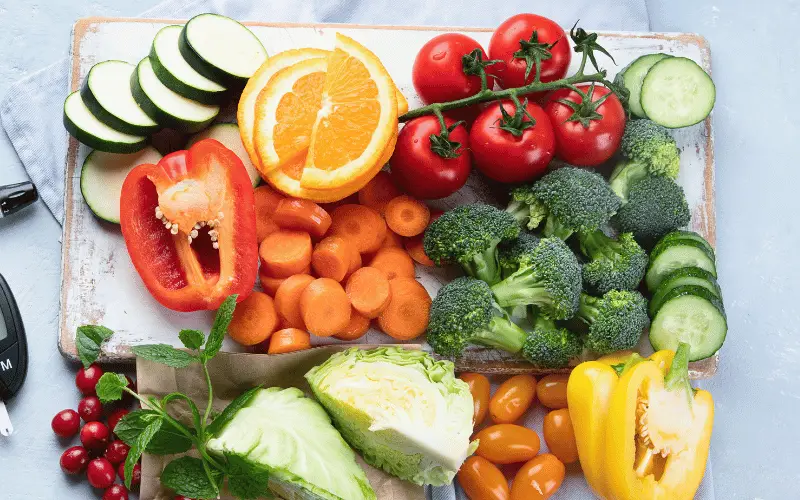Cause 2. Low Fiber Diet

The Downside of Skipping Fiber
A diet low in fiber is another significant contributor to the development of diverticulosis. Fiber is essential for proper digestion, as it helps to soften stool and ease bowel movements, thereby reducing the strain on the colon.
A low-fiber diet often leads to constipation, which puts additional pressure on the colon. This increased pressure can cause the formation of diverticula, as the weakened intestinal wall succumbs to the force exerted during bowel movements. Moreover, a diet lacking in fiber can result in the production of harder stools, which require more force to pass through the intestines, further exacerbating the risk of diverticulosis.
Conversely , a high-fiber diet can help prevent diverticulosis by promoting regular bowel movements and reducing the pressure on the colon. High-fiber foods, such as fruits, vegetables, whole grains, and legumes, can help maintain the health of your colon and reduce the likelihood of diverticula formation.
In addition to promoting regularity, fiber also has other benefits for gut health. It serves as food for the beneficial bacteria in your gut, which play a crucial role in maintaining a healthy balance of intestinal flora. A well-balanced gut microbiome can help prevent inflammation and support the overall health of your digestive system.
To reduce the risk of diverticulosis, experts recommend consuming at least 25 grams of fiber daily for women and 38 grams for men. This can be achieved by incorporating a variety of fiber-rich foods into your diet and paying close attention to food labels. (2)